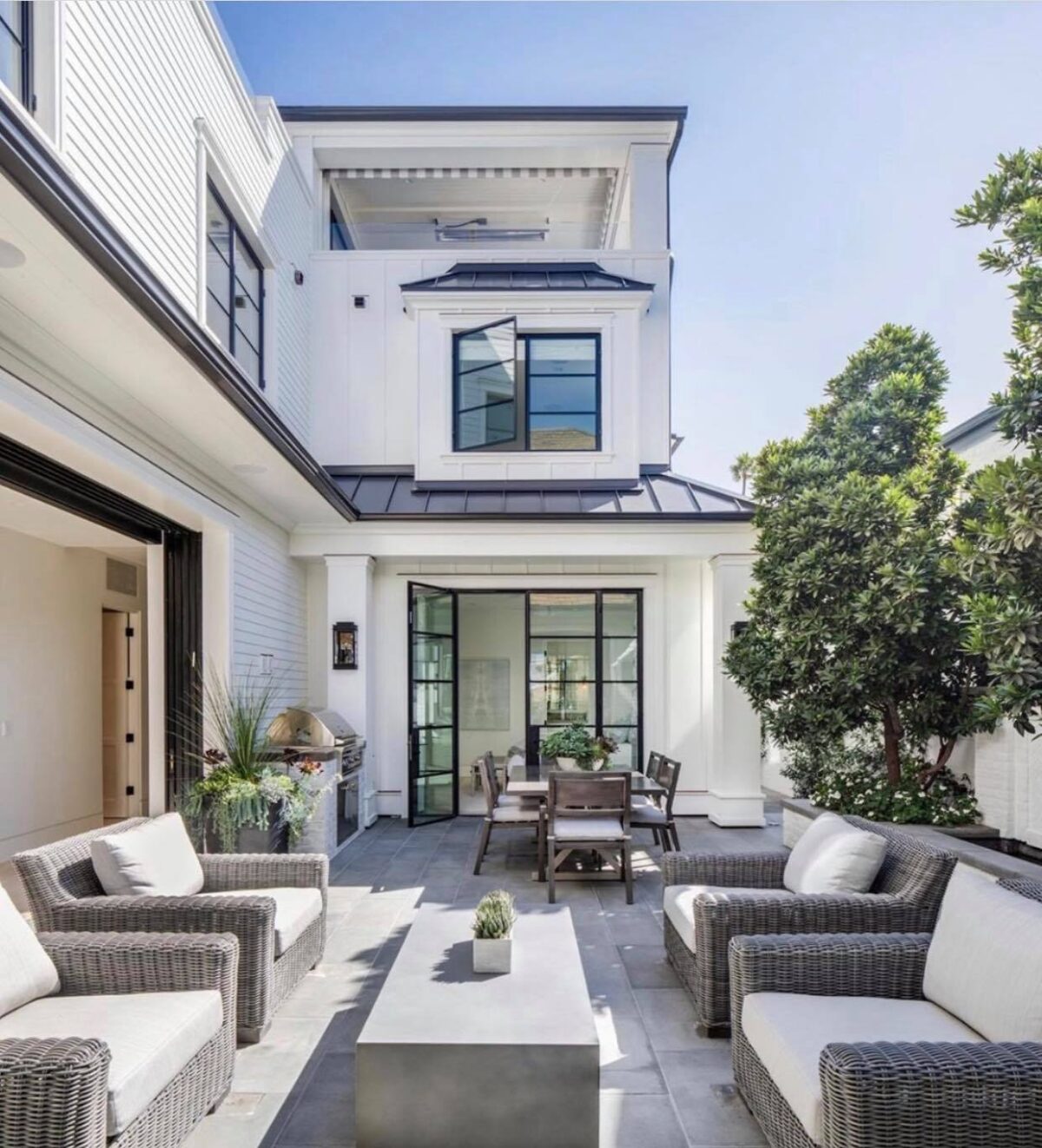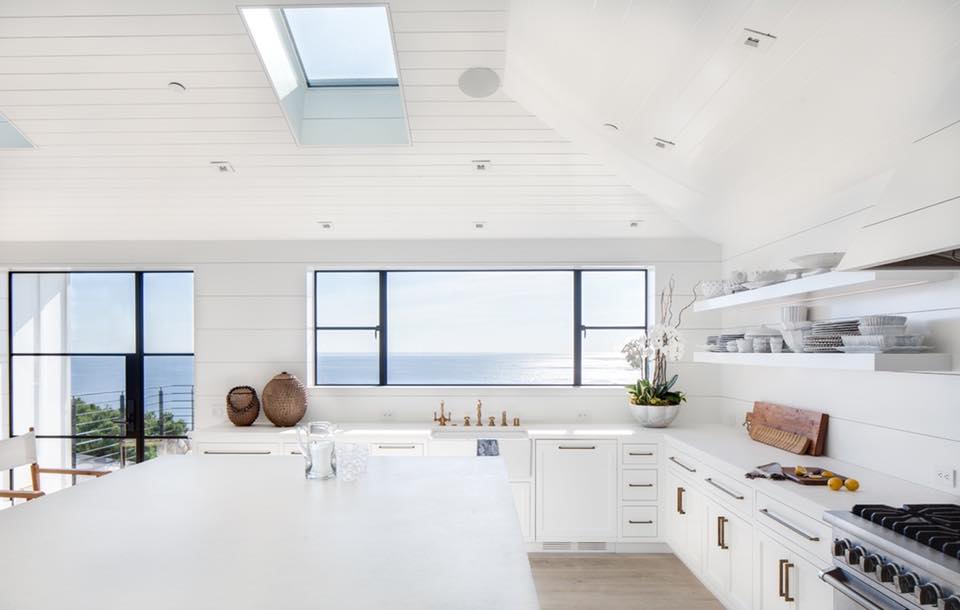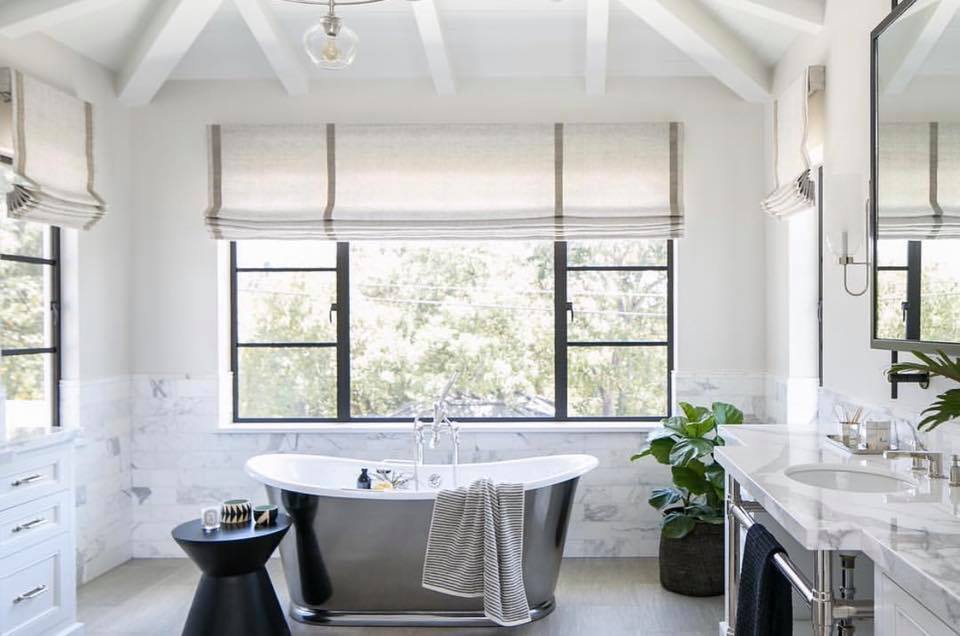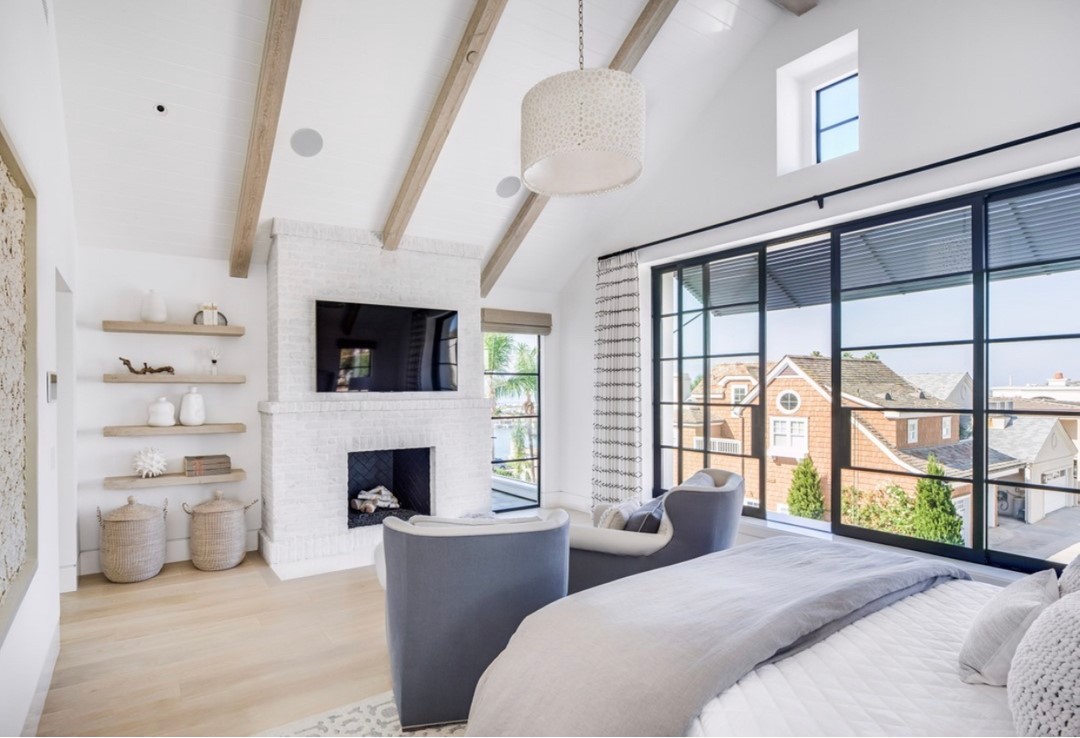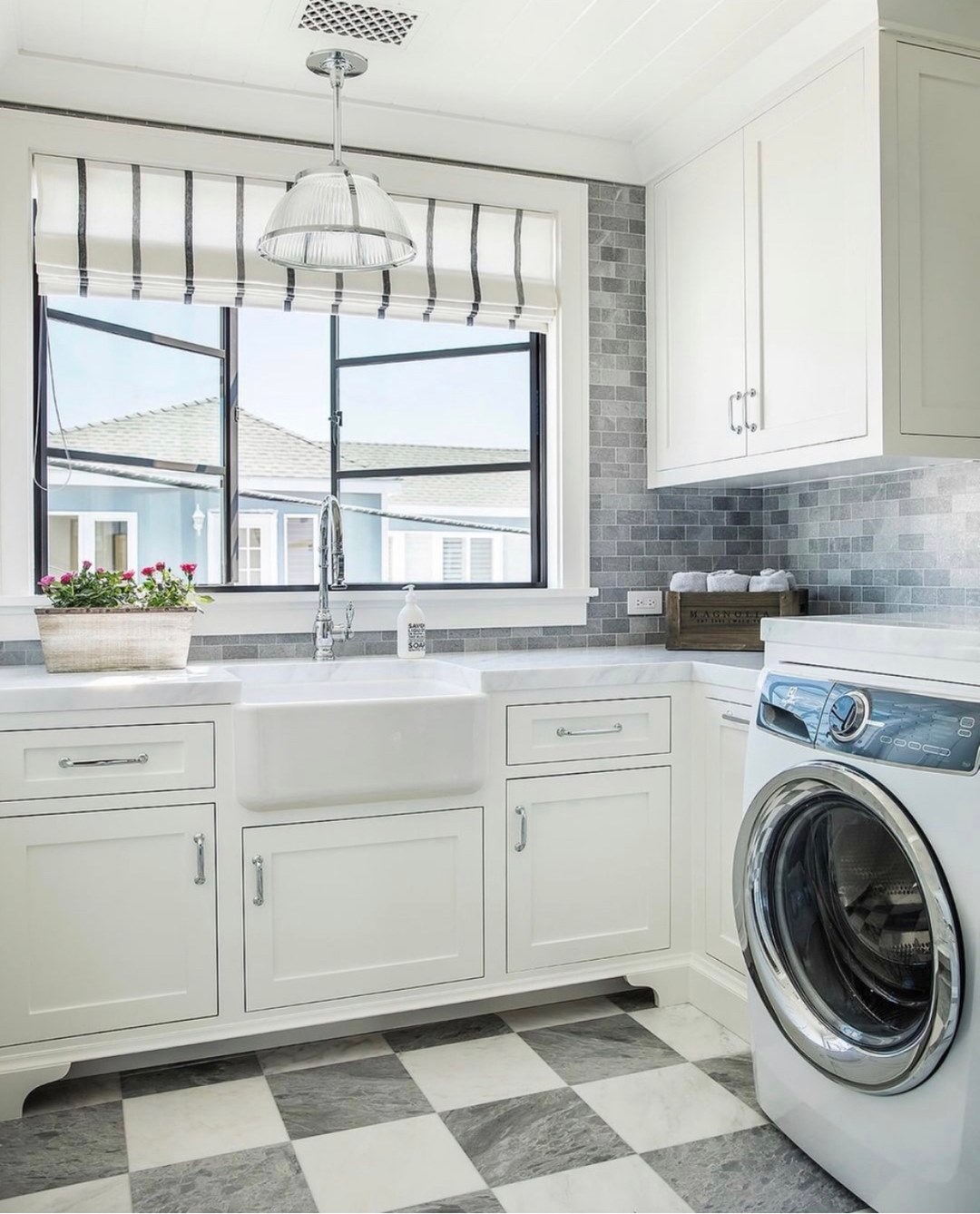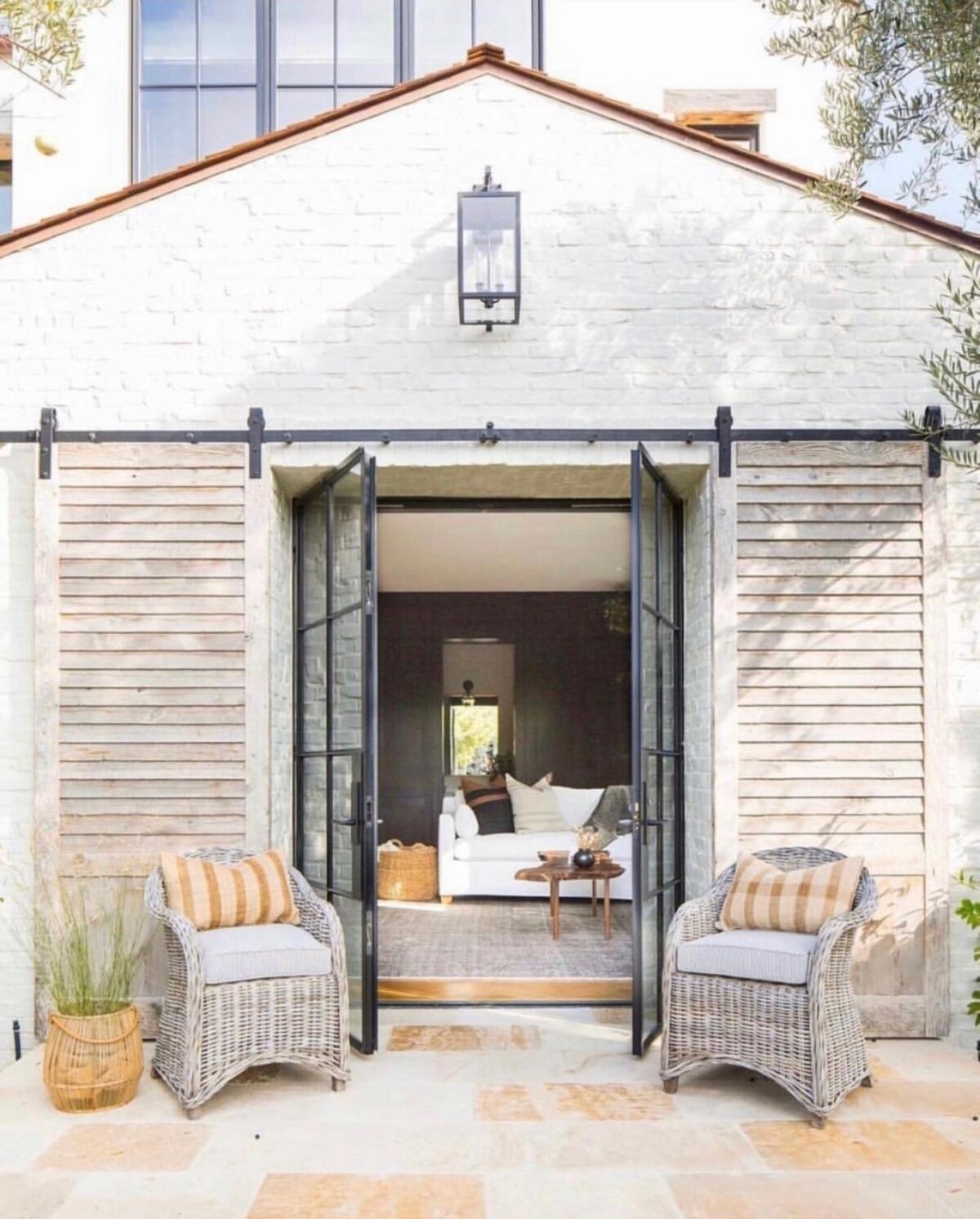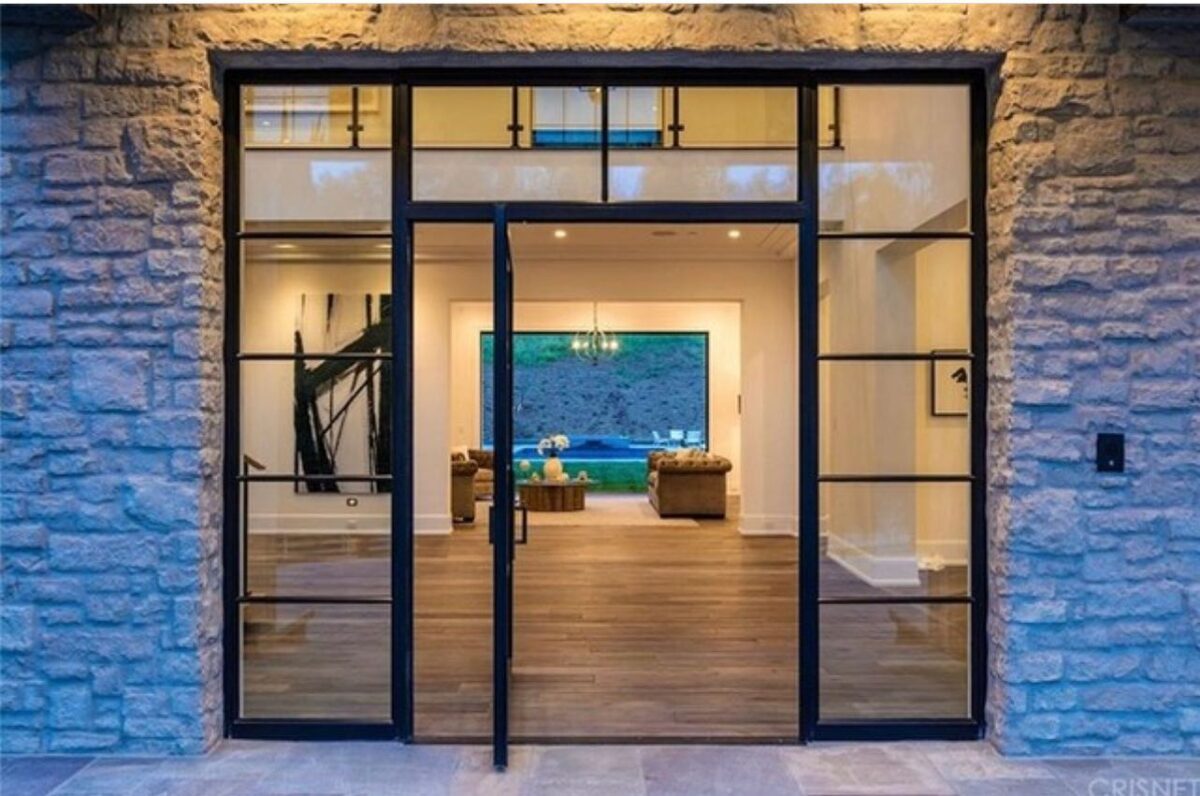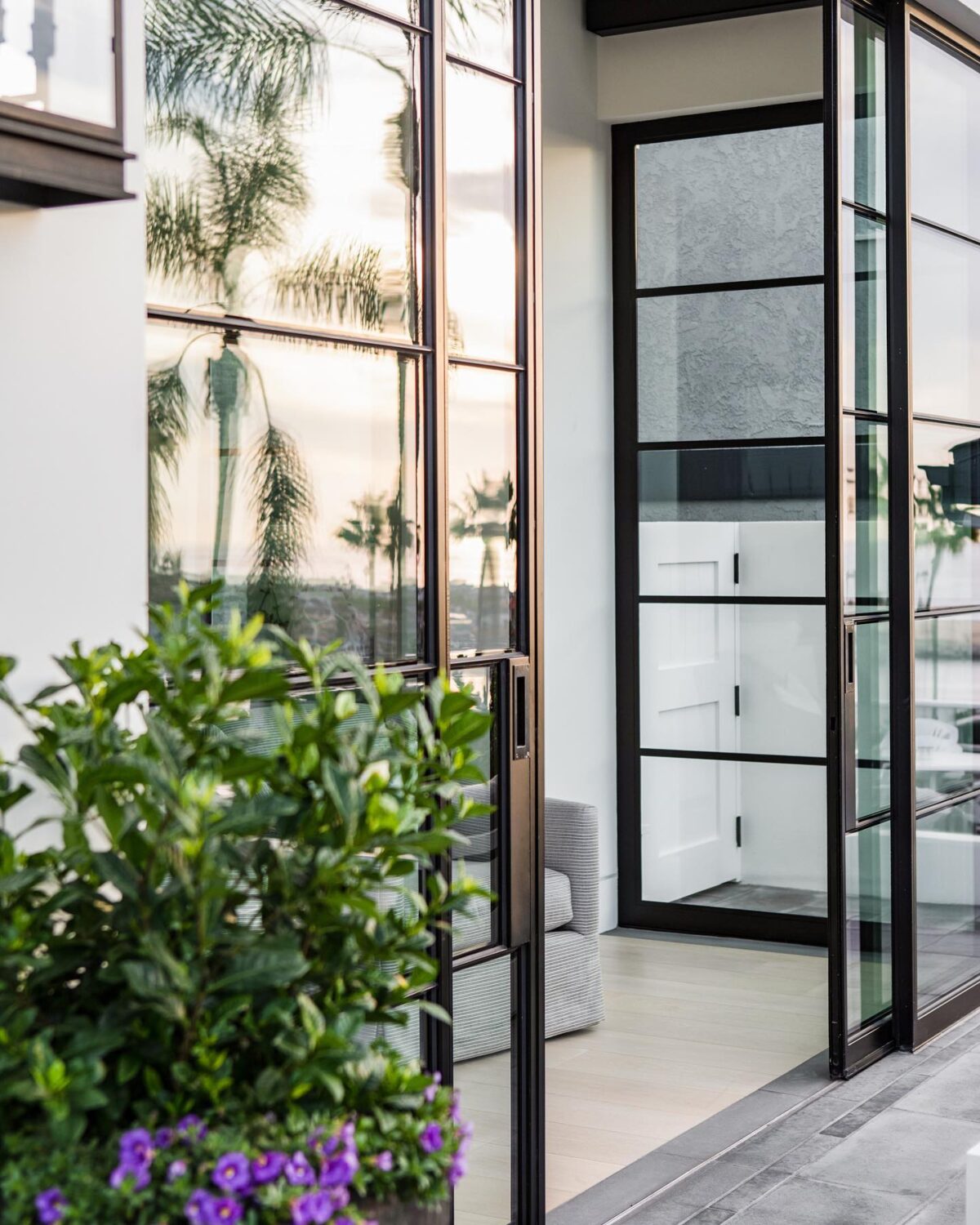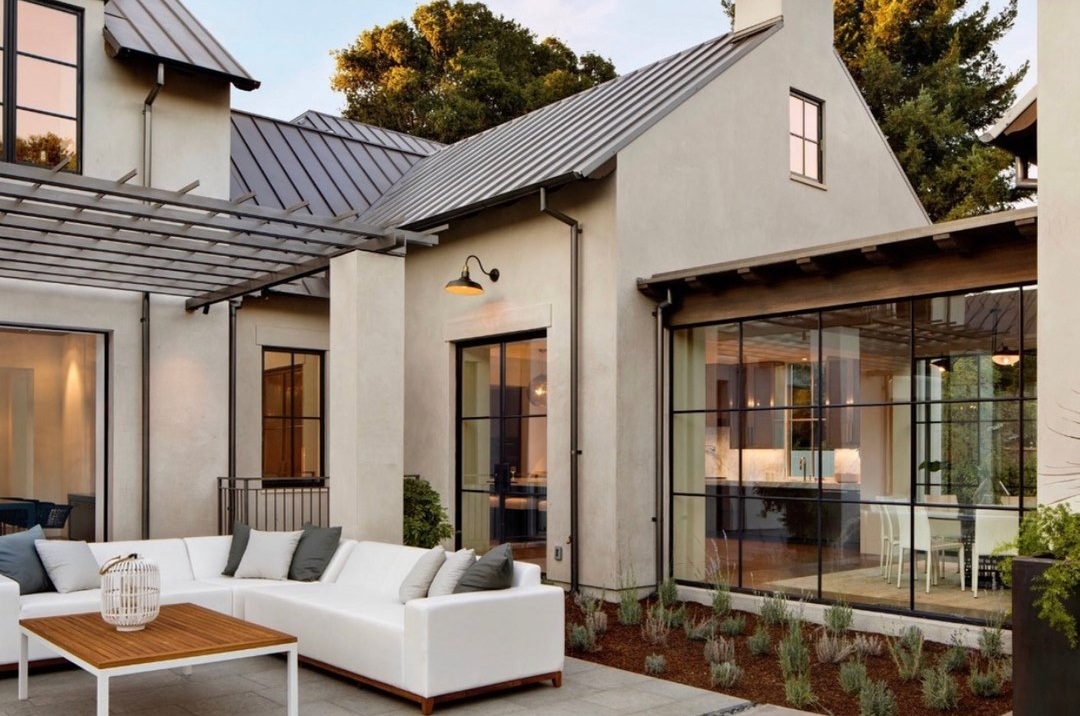Key Takeaways:
- Choose Low-E Glass, argon gas, and multiple panes for better insulation and savings.
- Select window types like casement or awning windows that seal tightly and ventilate well.
- Use strong, well-sealed window frames like EuroLine steel windows with thermal breaks.
- Match glass and frame materials to your climate, design, and local building codes.
- Work with a trusted team like Euroline Steel Windows and Doors for smart design and expert installation.
Why Energy Efficiency Matters for Patio Windows
Your patio windows do more than let in sunlight. They affect how much you spend on heating and cooling. The right window keeps the hot or cold air outside where it belongs—and helps you feel comfortable all year.
Energy-efficient windows and doors can lower your energy bills, reduce indoor drafts, and improve the look and performance of your home. Whether you’re choosing steel casement windows, awning windows, or large curtain wall windows, focusing on thermal performance is key.
What Makes a Patio Window Energy-Efficient?
Energy-efficient patio windows are made to reduce air leakage, block heat transfer, and support the building envelope. The three main parts that impact performance are:
1. The Glass
Use an insulated glass with multiple panes. Double-pane or triple-pane windows filled with argon gas create a barrier that keeps air and moisture out.
2. The Frame
The window frame needs to support the glass and stop heat from moving in or out. Choose materials with strong thermal breaks and minimal expansion during temperature changes.
3. The Seal
Seals around the window prevent leaks and stop drafts. Sealed windows protect your home from air loss and help your system work better year-round.
If you’re using Euroline Steel Windows and Doors, all these components work together to offer high energy efficiency, long-lasting strength, and a clean, modern look.
Best Window Types for Energy Efficiency
Let’s look at common window types used in patio areas and how they rank for performance.
Steel Casement Windows
Casement windows are hinged and open outward with a crank handle. They press tight when closed, making them one of the best options for energy savings.
Pros:
- Tight seal when closed
- Great for ventilation and airflow
- Pairs well with decorative glass or Low-E coatings
Tip: Choose fiberglass casement windows or EuroLine steel windows for extra durability and performance.
Awning Windows and Window Hoppers
These smaller windows are hinged at the top (awning) or bottom (hopper). They open outward or inward and are great for airflow without letting in rain.
Pros:
- Ideal for above doors or other windows
- Energy-efficient when sealed properly
- Great match with larger window wall systems
When using steel awning windows or aluminum hopper windows, ask about glazing options and sealing strength.
Curtain Wall Windows
These large windows stretch from floor to ceiling and may span entire walls. They’re often used in modern homes to bring in more natural light and create seamless views.
Pros:
- Great for large, open designs
- Works well with energy-efficient glass
- Adds beauty and natural daylight
Cons:
- Must meet higher building codes and structural support
- Needs the right glass type and frame system to manage heat
Curtain wall windows from Euroline include advanced thermal breaks and structural solutions for performance and design flexibility.
Choosing the Right Glass
Glazing Type and Glass Type make a huge difference in efficiency. Look for these options when choosing your patio windows:
- Low-E Glass: Reflects heat while letting light in. Helps control solar heat gain.
- Argon Gas Fills: Added between panes to stop heat from moving through the glass.
- Triple-pane glass: Offers better performance in colder climates or large window areas.
- Decorative glass: Looks great while still offering energy protection.
Every glass panel used in Euroline Steel Windows and Doors is designed for energy efficiency, tested to meet durability standards, and optimized for your home’s comfort.
Frame Materials and Energy Ratings
Frame material affects insulation. Here’s how popular options compare:
- Steel Windows: Slim and strong. Best when paired with thermal breaks and advanced seals.
- Vinyl Windows: Budget-friendly, but can warp over time. Lower structural integrity.
- Wood Windows: Natural insulator but needs more maintenance.
- Fiberglass Frames: Durable, strong, and good at reducing heat transfer.
Look for frames tested with energy ratings, and make sure they match the window frame construction needed for your building structure and location.
Energy Star and Performance Labels
When shopping for windows, check for the ENERGY STAR® label. This means the product meets strict energy rules set by the government.
Also, look for performance data on:
- U-Factor: Measures heat loss (lower is better)
- Solar Heat Gain Coefficient (SHGC): Measures how well the window blocks heat from sunlight
- Visible Transmittance: Measures light that comes through
Choosing high-rated windows can improve both comfort and savings, especially with large openings like patio systems or full window walls.
Where You Live Matters
Climate plays a role in window performance. If you live in a hot area, you’ll want windows that block heat and sun. If you’re in a colder region, your windows should trap warmth inside.
- In warm climates: Look for Low-E coatings, glazing bead seals, and UV protection
- In cold climates: Use triple-pane or insulated glass to stop heat from escaping
Proper window placement—like shaded sides or smart exposure—also helps regulate temperature.
Installation and Sealing Count, Too
Even the best window won’t help if it’s installed wrong. Gaps, cracks, or poor seals let air in and out, raising your heating and cooling costs.
Be sure your installer:
- Checks for tight fit and level support
- Uses caulk adhesion and long-lasting sealants
- Adds compression seals around frames
- Follows building code requirements
- Matches materials to your building envelope systems
At Euroline Steel Windows and Doors, our team handles every step—from sizing and design to delivery and professional window installation.
Balancing Looks and Efficiency
You don’t have to trade beauty for savings. Whether you’re using modern glass curtain wall designs or classic casement windows, smart upgrades will help you hit both goals.
You can add:
- Matching window series for continuity
- Custom hardware colors and handles
- Options like frosted glass or crank mechanisms
And all while improving thermal expansion control, meeting seismic requirements, and strengthening the building envelope for the future.
Want help selecting energy-saving windows for your patio? Euroline’s experts are here to help every step of the way.

